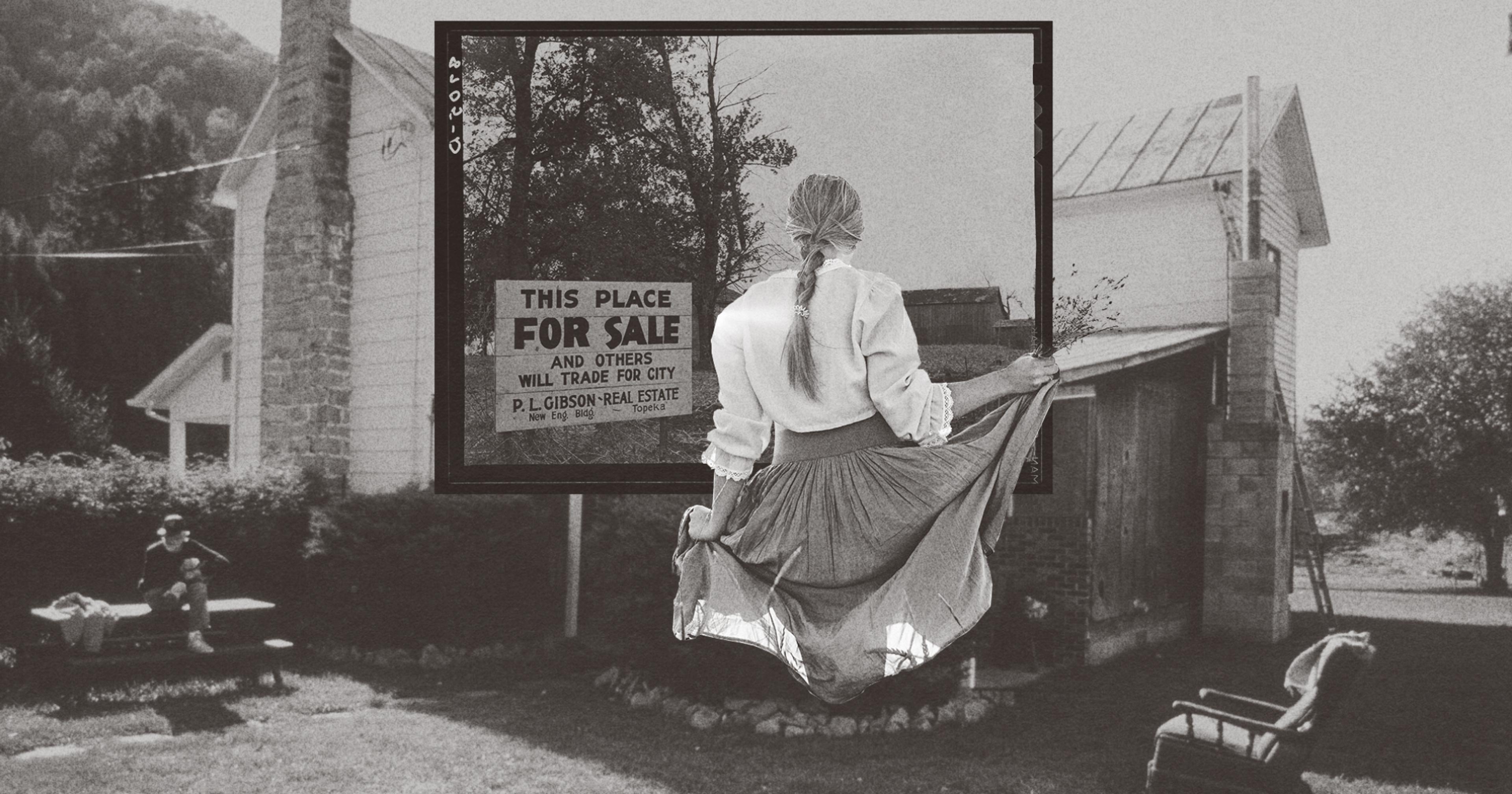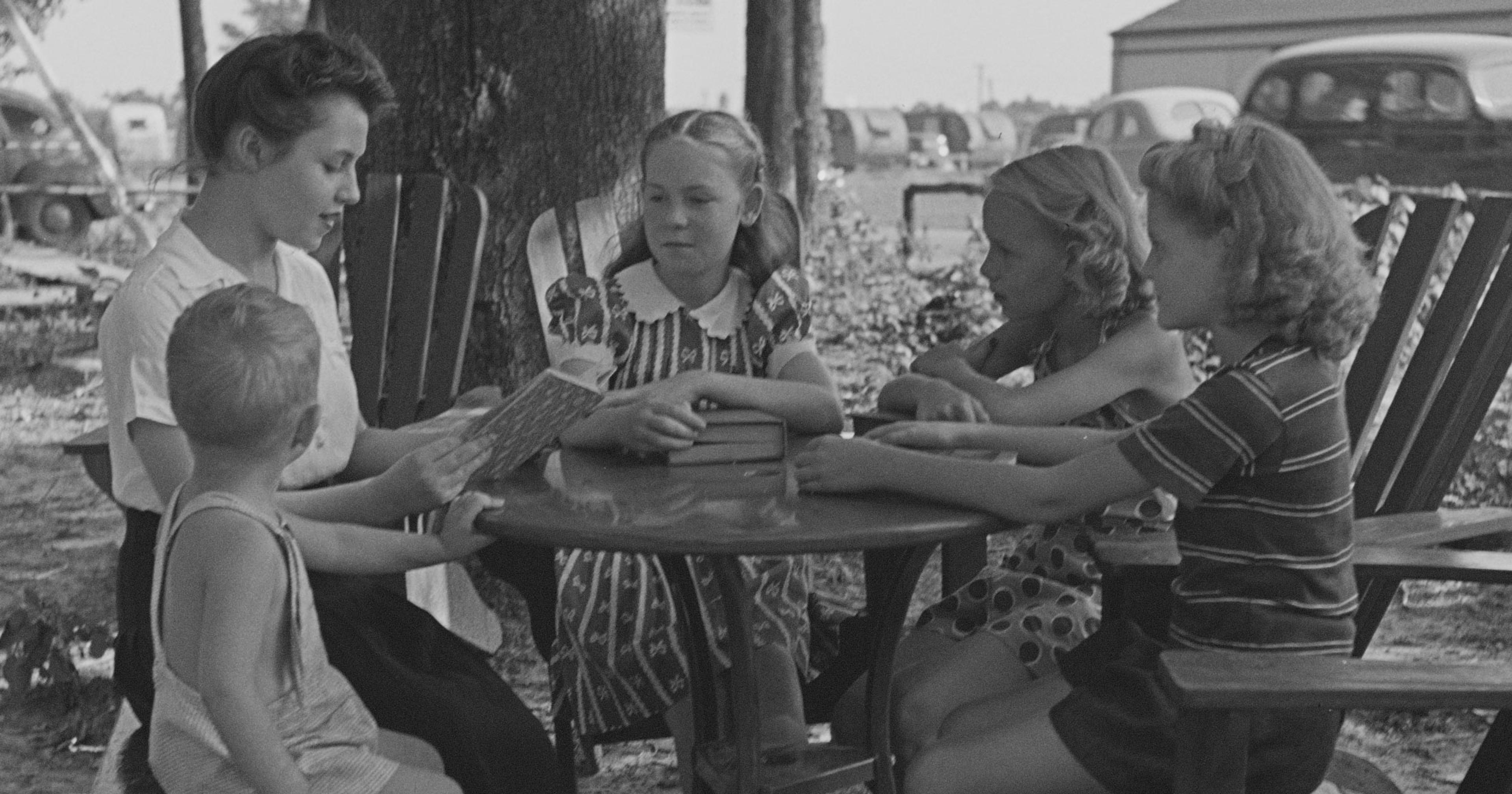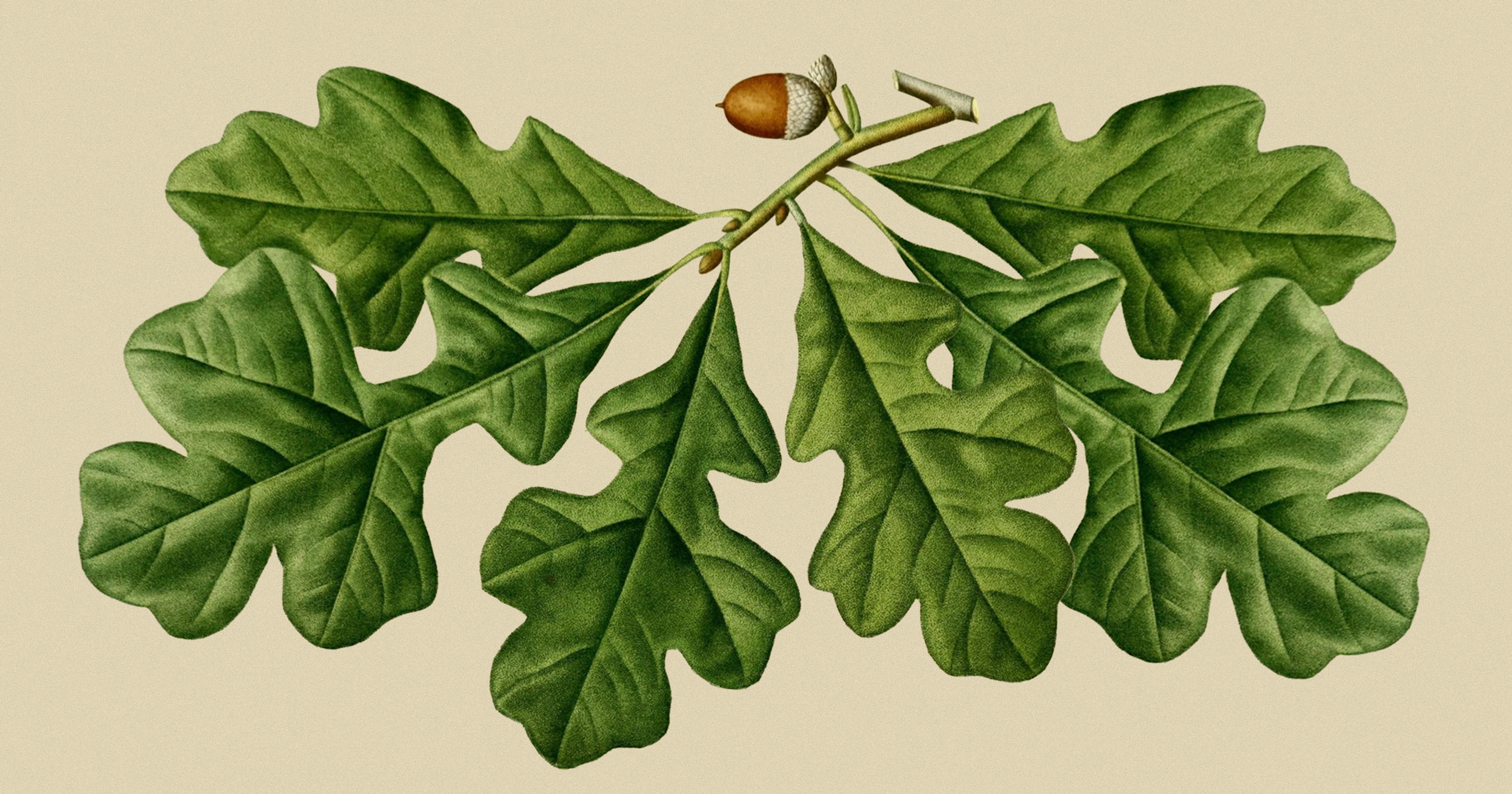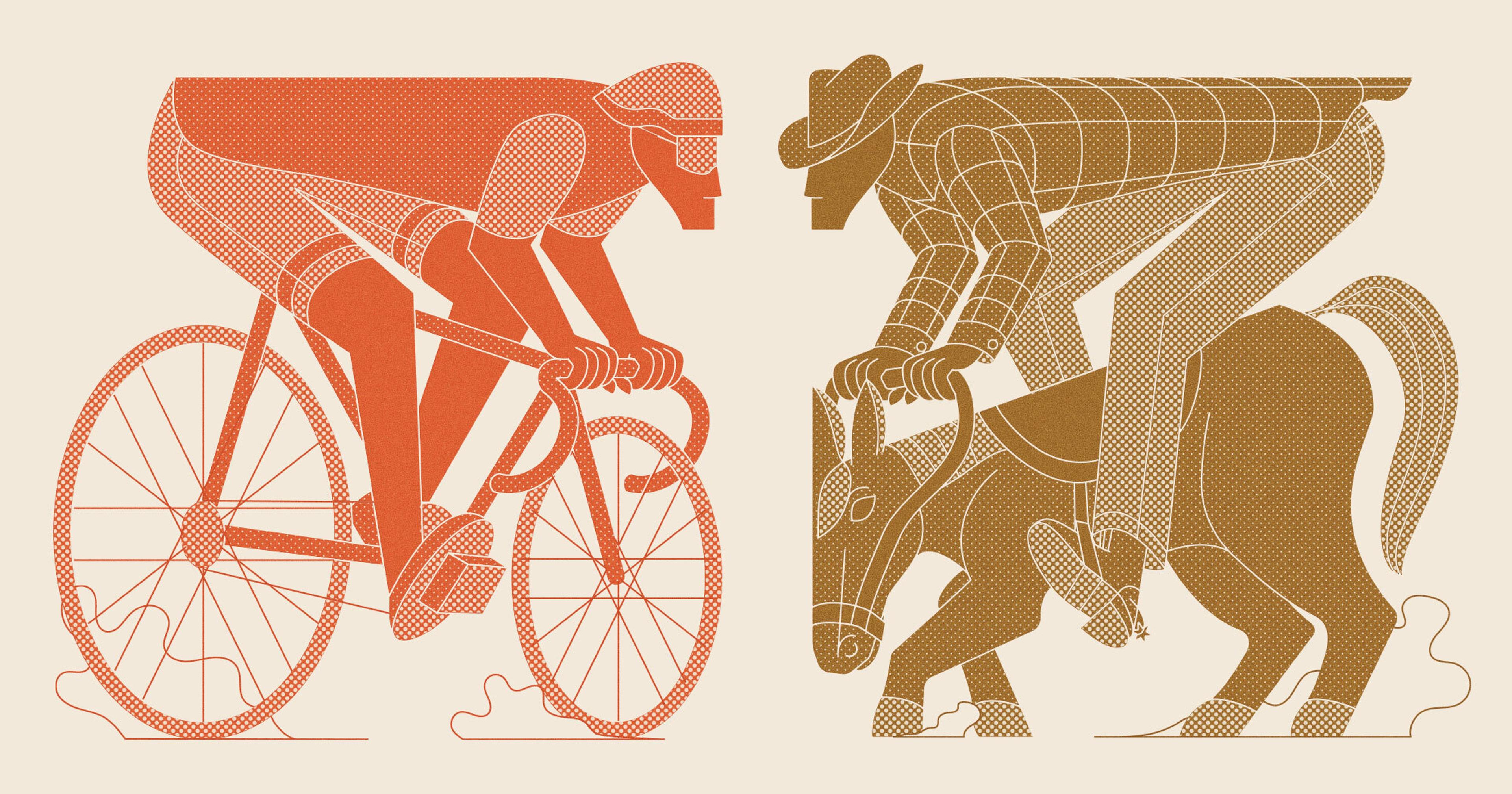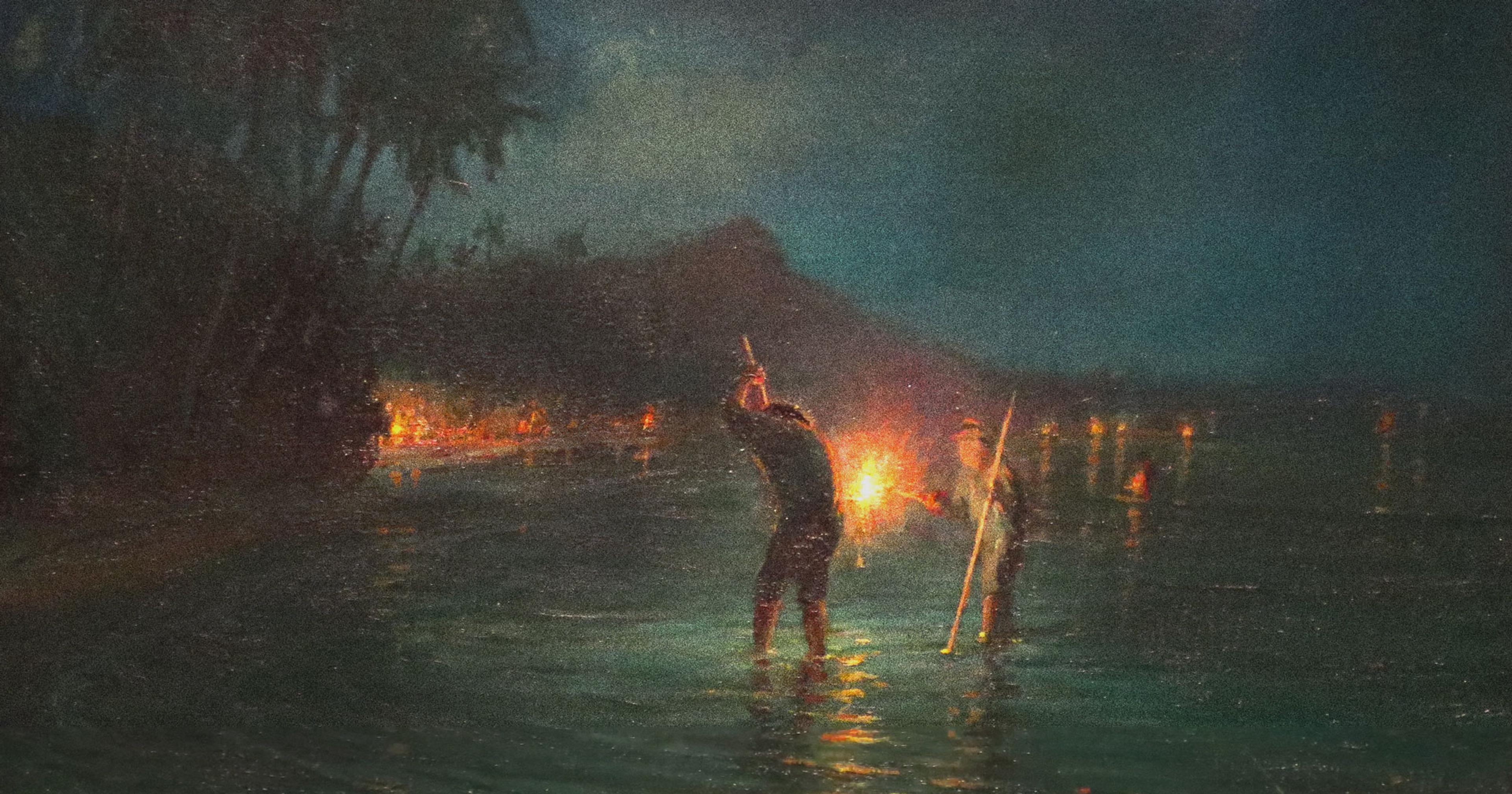Millions of viewers have fallen in love with cow hoof trimming videos. What’s the appeal?
On an episode of the BBC comic quiz show Would I Lie to You?, comedian Bob Mortimer was asked to describe the first time he discovered he could split an apple in half with his bare hands.
“I can’t remember the first time I did it,” he replied. “I can remember the feeling.” (Which, for the record, was “magnificent.”)
Similarly, I cannot remember the first time I watched a cow hoof trimming video on YouTube. But I recall the profound sense of fascination and wonder. Cows need their hooves trimmed? Why? Does it hurt? And what is “digital dermatitis?”
Months of bingewatching later, I now know that most dairy cows benefit from regular hoof trims for two main reasons: their diet and their time spent in barns. High-protein diets increase hoof growth, and barn floors prevent the natural shedding that occurs on natural surfaces like grass. (That’s one reason beef cattle don’t get their hooves trimmed.) It hurts as much as cutting our nails does — that is, not at all, unless we cut too close.
But I’m just one of millions of viewers on Facebook, YouTube, and TikTok who cannot get enough of cow hoof trimmers draining pus or blood-filled abscesses, removing detached hoof horn, and treating white line defect.
It’s the pimple popping of agriculture: a bit gross, but very engrossing. (Chances are someone you know shares this obsession. Ask them about it at your own risk, unless you have a couple hours to spare.)
In the world of cow hoof trimming, two internet stars stand out. Graeme Parker, who goes by The HoofGP, is based in southwest Scotland. Meanwhile Nate the Hoof Guy is Nate Ranallo, who lives in West Salem, Wisconsin, and has trimmed dairy cows’ hooves — and the occasional goat — for 23 years.
Parker and Ranallo are as different as chalk and cheese in their approaches to trimming and content creation. Parker favors the Dutch method, which trims each hoof to a standard length, while Ranallo uses the newer Kansas method, which focuses on each cow’s individual anatomy. Since Parker began his channel in 2019, he’s expanded to include videos about his family, his assistants, and even an autobiography called Bruised Sole. Ranallo takes a more minimalist approach with his one-man business and content, rarely showing his face and keeping his private life private. Which is ironic, since Ranallo was the only one of the two to respond to my request for an interview and a callout to their fan community.
Both trimmers sell merch, though Parker also sells a trimming course and his own lime-green adhesive. Between them, they have over 4.5 million followers on Facebook, 4 million on YouTube, and 2.4 million on TikTok.
“They show an aspect of American life that many of us never experience.“
What makes these videos so popular? A handful of media outlets have attempted to answer this question, including The New York Times — which cheekily but inaccurately called the preventative care a “cow pedicure.”
But none of them have actually asked the fans — until now.
“They show an aspect of American life that many of us never experience, and yet once presented with find ourselves very curious about,” wrote Benjamin Kieran in response to an informal, unscientific study I sent out to a group of Nate the Hoof Guy fans.
Or, to put it more bluntly as Rob Tooley from Havre, Montana, did, these videos are just “so damn interesting.”
Hooked on Hooves
The first rule of cow hoof trimming videos is that you don’t go looking for them; they come to you. For me, it was probably summoned by watching episodes of Dr. Lee Pimple Popper, whose videos of excavating icky things from someone else’s skin taps into people’s penchant for morbidly curious things like gory horror movies or picking scabs. Similarly, for hoof-trimming fan Jamie Showalter, it started with videos of ingrown hairs getting removed. “Skin, to me, has always been fascinating. Even the gross parts,” she said.
Clearly, we’re not alone. While the majority of hoof trims are routine maintenance, it’s videos like Ranallo’s “Cow’s Hoof BLOWS BUBBLES==INSTANT RELIEF” and Parker’s “NAIL REMOVED from BULL’S PAINFUL FOOT” that bring in the views: 66 and 17 million, respectively. “Oddly satisfying to watch — like removing a splinter,” commented @TheRealJohnux on Parker’s video. Though not even all fans will be able to stomach the waterfall of fluid in a HoofGP video where he drains an abscess on a cow’s side. “I have never gagged at one of your videos until today,” commented a user named @Haunted_Symphonics. Still, it has over 4 million views.
“One of the things that comes through in his videos is just how much he loves his work and loves those animals and wants them to be healthy.”
For other fans, the algorithm reflects a true subject matter curiosity. Joel Rifkin, a 61-year-old retired sheet metal worker and teacher living in the Bronx, found Ranallo’s videos through similar content posted by farriers, who trim and shoe horse hooves. So did Janeen Schultz, who lives in central Wisconsin and uses the videos to teach her 8- and 10-year-old sons about anatomy, vocabulary, biology, and even the mechanisms of the chute Ranallo uses to keep each cow and its hooves in place. “I’ll actually start pausing the video as Nate is uncovering the hoof” to quiz them on a potential diagnosis, she said.
On Ranallo’s platforms, viewership skews male. On Facebook, which has an older audience, it’s about 70% male to 30% female; YouTube is 60 to 40. TikTok, the youngest generation, is 50-50. But women dominate the comments section.
For all the different paths to Nate the Hoof Guy, his fans all seem to appreciate the care he takes with his craft and with the cows. “One of the things that comes through in his videos is just how much he loves his work and loves those animals and wants them to be healthy,” Showalter said.
Other fans agree. “I’m kind of jealous of the cows who receive such professional care!” Kai Spellman, a viewer with chronic health issues, wrote in response to my survey.
Such responses are what Ranallo hoped for when he filmed his first video in 2020. “I happened to see a post on Facebook where there was a cow getting a hoof trim, and it was depicted as torture,” he said, describing the misinformed and outraged comments as “atrocious.” While he wanted to combat misinformation, he had no clue it would take off as much as it did.
Ranallo became interested in cow hoof trimming while working on a dairy farm during college. He’d always wanted to have his own business, and both the repetitive nature and the relatively instant gratification of the work appealed to him. “Each cow is a mini job, so you can see your progress,” he said.
Both of these qualities also help explain why viewers love his videos. “There’s no surprises. There’s no sensationalism,” Schultz said.
Or, as Jean-Manuel Esnault in Nantes, France, put it, “He is an artist in his field.”
Parker’s road to the profession was grimmer. He grew up on a farm that his grandmother sold for millions after his father committed suicide — millions she pocketed and did not share with her grandchildren. Parker’s mother remarried a hoof trimmer, which is how Parker discovered it.
“He is an artist in his field.”
It’s easy to imagine a rivalry between Nate the Hoof Guy and The HoofGP fans, and there’s some truth to this. None of Ranallo’s fans would name names, but they hinted that they have watched other trimming videos and found them lacking.
From what I can tell, though, there’s plenty of room for two trimmers in this space, especially two as different in their trimming and marketing methods as Ranallo and Parker.
As Ranallo put it on a video in August 2020, “If you’ve been here before, but you’re a fan of The HoofGP and you’re afraid that if you subscribe to another hoof trimmer, it would be like cheating, don’t worry about it! I’ll never tell.”
To which The HoofGP cheekily replied in the comments, “I’ve always been [subscribed], but if you tell anyone I’ll deny all knowledge. ”
Rules Are Rules
Ranallo has his largest following on TikTok, where 2.4 million people are subscribed. One of those is Jennifer Greenlee, a doctoral student who enjoys the comments section almost as much as the content. “It’s one of the few communities where I genuinely see very, very few negative comments,” she said.
Instead, it’s defined by inside jokes such as “rules are rules.” The premise, Greenlee said, is that Ranallo’s voice is so soothing that people fall asleep as soon as they watch a post. The problem is that often it’s not bedtime. “It’s 11:45 a.m. but rules are rules,” a user named Sage commented on an upload.
Many survey responders find Ranallo’s videos, with their tight narrative arcs and folksy voiceovers, soothing and calming. “I watch at least one of his videos before sleeping,” wrote Ashutosh Jeevan Tilak, a 32 year-old podcaster from Jalgaon, India.
It’s “great ASMR,” wrote Sharon Baltusis, a cartographer from DeWitt, Michigan, who called his videos “euphonious.”
Showalter and Greenlee are such dedicated fans that they time their views to maximize Ranallo’s income. Greenlee switched from watching on TikTok to YouTube because the latter app pays more per view, and Showalter tries to watch each new upload within six hours of its appearance to help it gain traction. “I want to support the guy,” Showalter said.
Ranallo said that he makes six figures yearly from Facebook and YouTube and five figures from TikTok. Even so, he has no plans for fancy vacations or upgrading his house. The only large purchase has been a replacement chute that he plans to use until he retires. Otherwise, he keeps the money in the bank for retirement. “I know that it can disappear instantly,” he said. He has already seen a dip in income from some of the more explicit videos whose excess bovine fluids have run afoul of newer content guidelines. “They claim it doesn’t affect the reach, but it absolutely does,” he said.
Not only does he appreciate the opportunity to educate the public, but Ranallo also finds that making these videos has made him a better trimmer. “I’m my toughest critic,” he said.
Most importantly, it’s offered people a chance to understand agriculture better. “I didn’t even know this was a thing,” wrote Kristen Ritchie, a 59 year-old woman from Oklahoma City who grew up on a farm.
“He has actually created a place of comfort and understanding at the same time for a lot of people in a very busy, chaotic and hectic world,” Greenlee said. “He changes people’s minds every day.”




